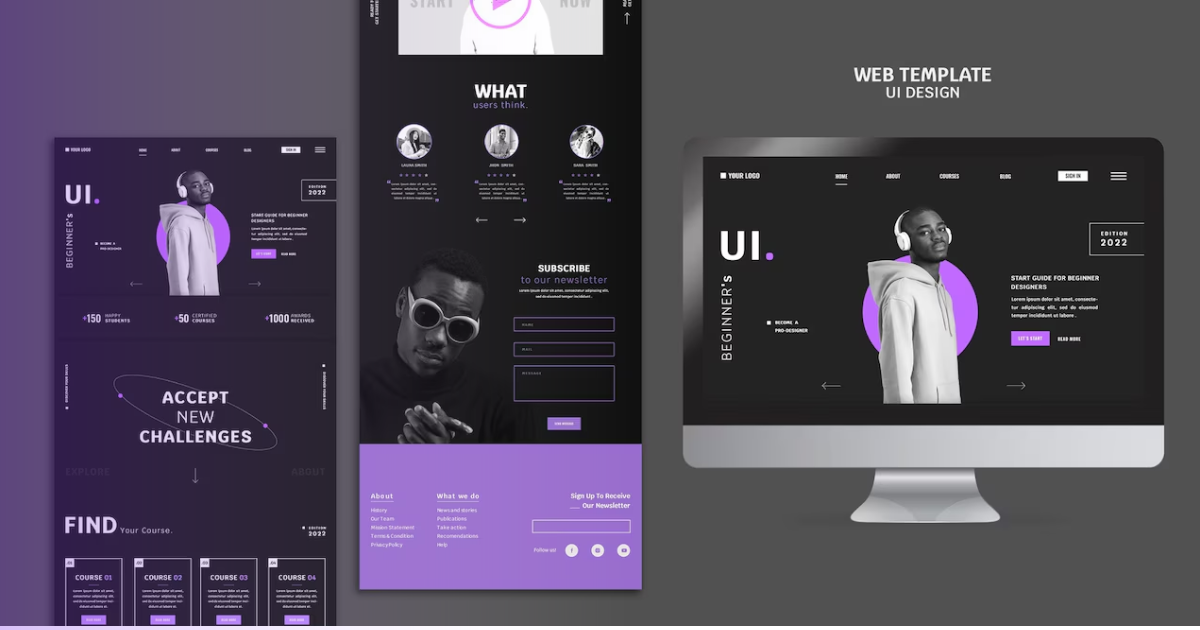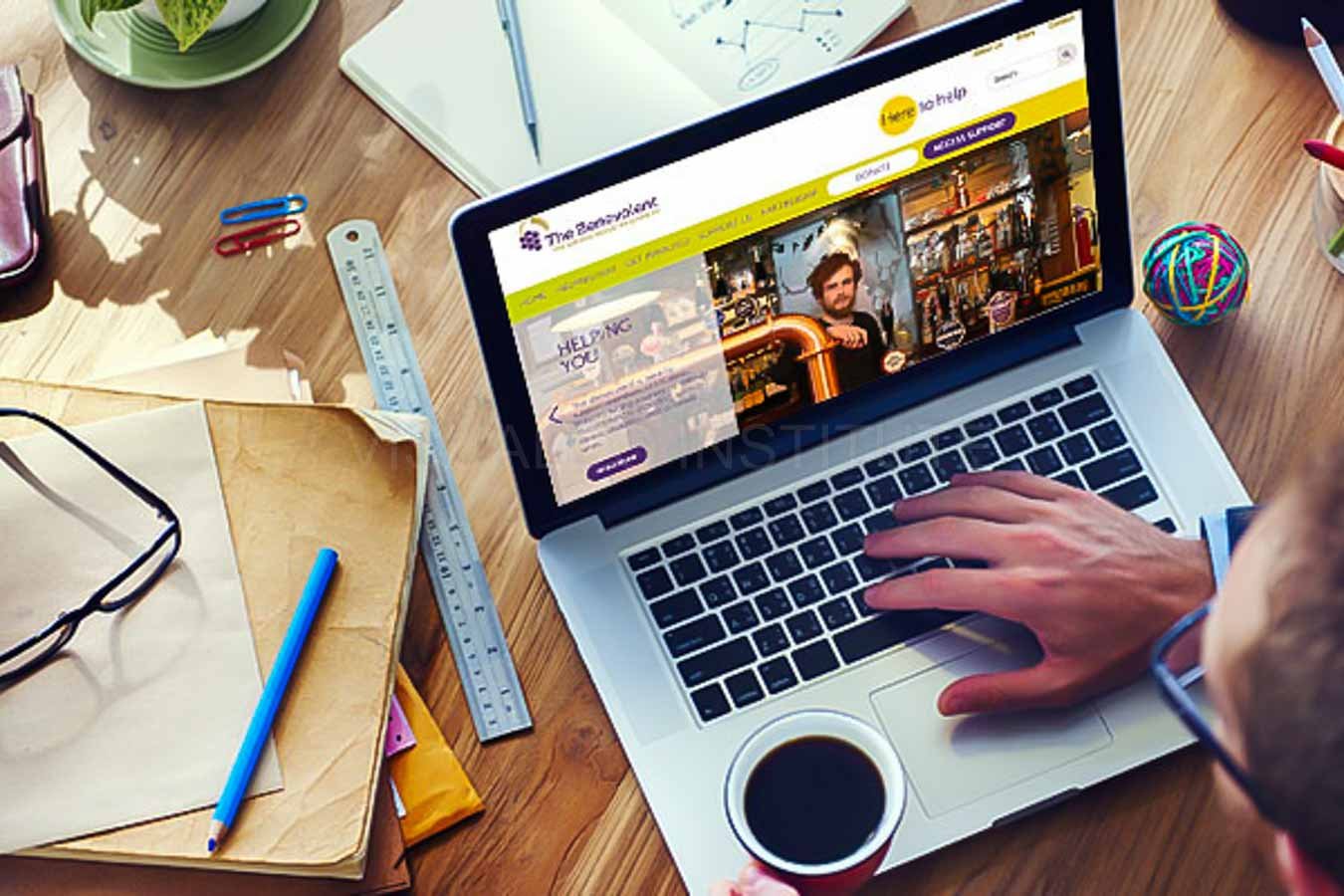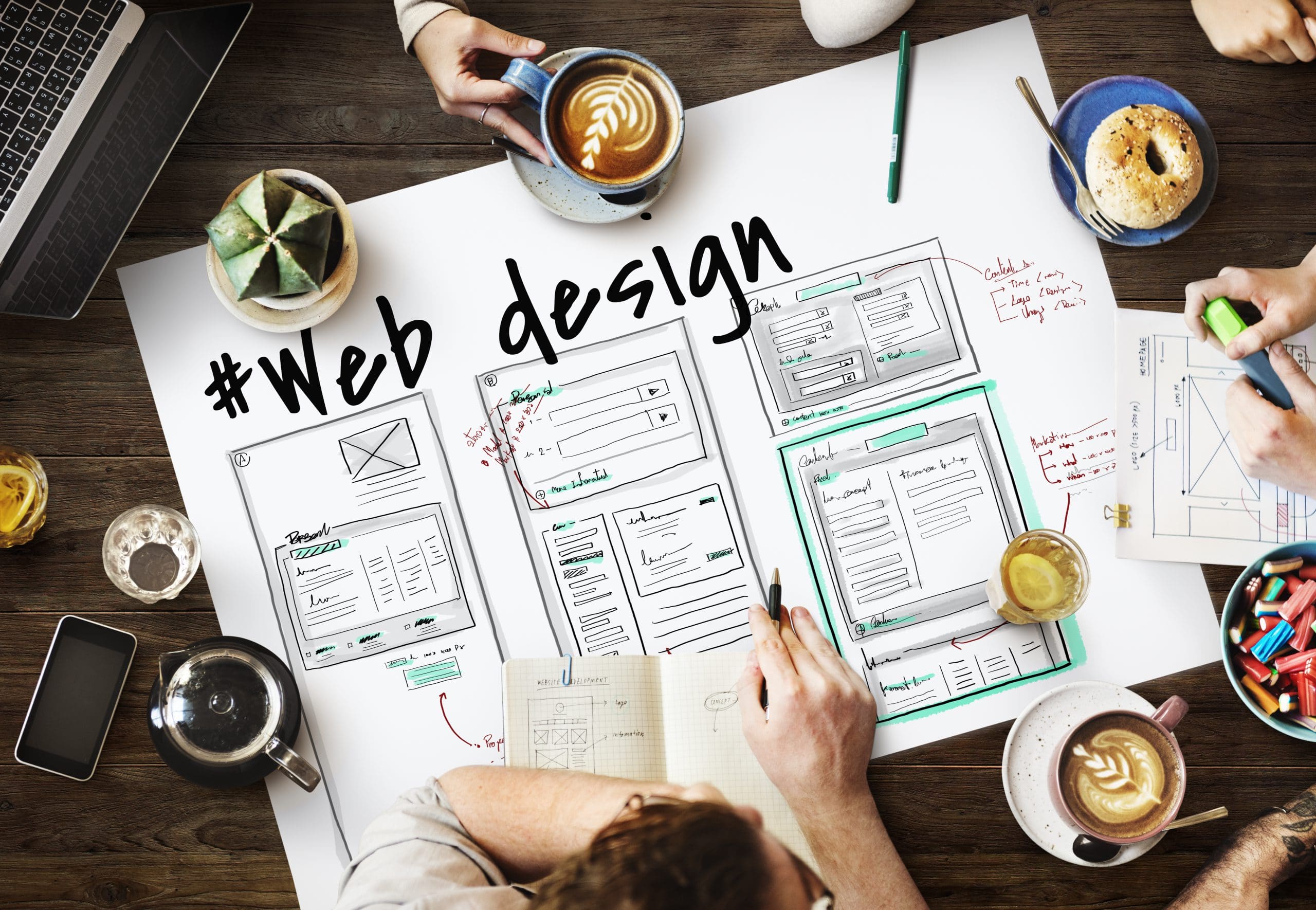The Best Sorts Of Website Design to Improve User Experience and Involvement
In the ever-evolving landscape of electronic communication, the performance of website design dramatically influences customer experience and involvement. Various style techniques, such as minimal, responsive, and interactive layouts, each deal special advantages that can deal with diverse individual needs. Recognizing which kinds of Web layout finest offer these goals can be crucial for companies aiming to improve customer contentment and retention. However, the concern stays: which layout aspects truly resonate with users and foster purposeful involvement? The expedition of these principles discloses critical understandings that might redefine your technique to website design.
Minimal Website Design
As digital landscapes become significantly chaotic, minimal Web style has become a powerful strategy to enhancing user experience. This design philosophy focuses on simpleness, concentrating on vital aspects while getting rid of unneeded distractions. By making use of sufficient white room, uncomplicated navigating, and a limited shade scheme, minimalist design cultivates quality and directs user attention to essential content.
The core concept of minimalist Web design is to develop a smooth communication for individuals. By lowering cognitive load, users can swiftly realize information without feeling overwhelmed. This straight strategy not only enhances usability yet additionally motivates interaction, as visitors are more probable to check out a website that is simple and visually enticing to navigate.
Additionally, minimal design commonly highlights typography and imagery, making use of these elements purposefully to convey messages properly. This concentrate on important parts can improve brand name identification and develop a memorable customer experience. Essentially, minimalist website design is not simply a trend; it is a thoughtful methodology that identifies the relevance of user-centered layout. By stripping away supplementary aspects, developers can create a more appealing, effective, and enjoyable Web experience for all users.
Responsive Web Layout
In today's varied digital environment, responsive website design has come to be vital for creating a seamless individual experience throughout a multitude of tools. As users access web sites on smartphones, laptop computers, tablet computers, and desktop computers, the ability of a site to adjust its layout and web content to various display dimensions and resolutions is vital.
Receptive website design utilizes flexible grids, images, and CSS media queries to make certain that Web material is presented optimally, no matter the device utilized. This technique not only improves the aesthetic charm of a site yet additionally significantly improves usability. Users are extra most likely to engage with a site that supplies a constant experience, as it gets rid of the stress of needing to zoom in or scroll excessively.
Additionally, internet search engine, including Google, focus on mobile-friendly sites in search rankings. By adopting receptive layout, companies can boost their visibility and get to a wider audience. This method likewise simplifies website maintenance, as a single variation of the website can provide to all devices, reducing the need for numerous variations. In recap, receptive website design is a basic technique that boosts customer experience, interaction, and overall contentment.
Interactive Website Design
Receptive Web layout lays the foundation for improving user experience, yet interactive website design takes this an action further by involving individuals in a much more vibrant way - Aligned Position Web Design. By including aspects such as computer animations, clickable prototypes, and real-time responses, interactive website design mesmerizes customers, attracting them right into a richer browsing experience
This approach not just promotes involvement however also urges customers to check out content proactively rather than passively eating it. Strategies such as gamification, where individuals gain benefits for finishing tasks, can significantly improve the moment invested in a site and boost overall complete satisfaction. Interactive attributes can simplify complicated info, making it more satisfying and absorbable.

Incorporating interactive style aspects can likewise lead to higher conversion rates, as users are most likely to engage with a site that actively involves them. Aligned Position Web Design. Eventually, interactive website design changes customer experiences right into unforgettable journeys, making sure that visitors return time after time
Flat Layout
Identified by its minimalistic approach, flat style highlights simpleness and functionality, removing unneeded elements and focusing on crucial features. This style ideology prioritizes use, making certain that customers can browse interfaces with simplicity and effectiveness. By utilizing a tidy visual, flat layout eliminates the mess usually discovered in more luxuriant designs, thereby improving individual focus on material and functionality.
The characteristic of level style depends on its use of vibrant colors, straightforward typography, and geometric forms. These aspects contribute to a visually enticing user interface that is both approachable and modern-day. In addition, flat layout fosters a feeling of quality, allowing individuals to determine important activities and details without interruption.
Furthermore, flat design is especially efficient in responsive Web style, as its simpleness converts well across numerous tools and display dimensions. By focusing on vital functions, level style not just fulfills user requirements but likewise motivates smooth interaction, making it a crucial element of efficient Web style strategies.
Adaptive Website Design
Flexible Aligned Position Web Design website design tailors the customer experience by creating several dealt with designs customized to different screen sizes and devices. Unlike responsive design, which fluidly changes a single layout, adaptive layout utilizes distinctive designs for certain breakpoints, making sure ideal presentation on different platforms. This approach enables designers to concentrate on the one-of-a-kind characteristics of each gadget, boosting usability by providing precisely what customers require based on their context.
One of the main benefits of flexible website design is its capability to maximize load times and efficiency. By serving tailored material and photos that fit the customer's device, web sites can reduce data use and boost loading rates. This is especially advantageous for individuals with slower connections or minimal information strategies.

Furthermore, adaptive style promotes a much more constant and regulated branding experience. Given that designers create several formats, they can guarantee that the visual aspects align with the brand name's identification across different platforms - Aligned Position Web Design. This results in check my reference a cohesive individual experience, enhancing involvement and advertising individual retention
Conclusion
Finally, the integration of minimal, receptive, and interactive website design principles considerably boosts user experience and interaction. Minimal style fosters clarity and emphasis, while receptive layout guarantees versatility throughout various gadgets, promoting availability. Interactive layout mesmerizes users through vibrant components, urging exploration and personalization. Jointly, these style approaches add to the development of straightforward atmospheres that not just improve complete satisfaction but likewise drive greater conversion prices, underscoring their vital value in modern Web design methods.

Minimalist style cultivates quality and emphasis, while responsive style ensures flexibility across various gadgets, promoting access. Collectively, these design comes close to contribute to the development of easy to use atmospheres that not just enhance satisfaction yet also drive higher conversion rates, highlighting their critical importance in modern Web style methods.